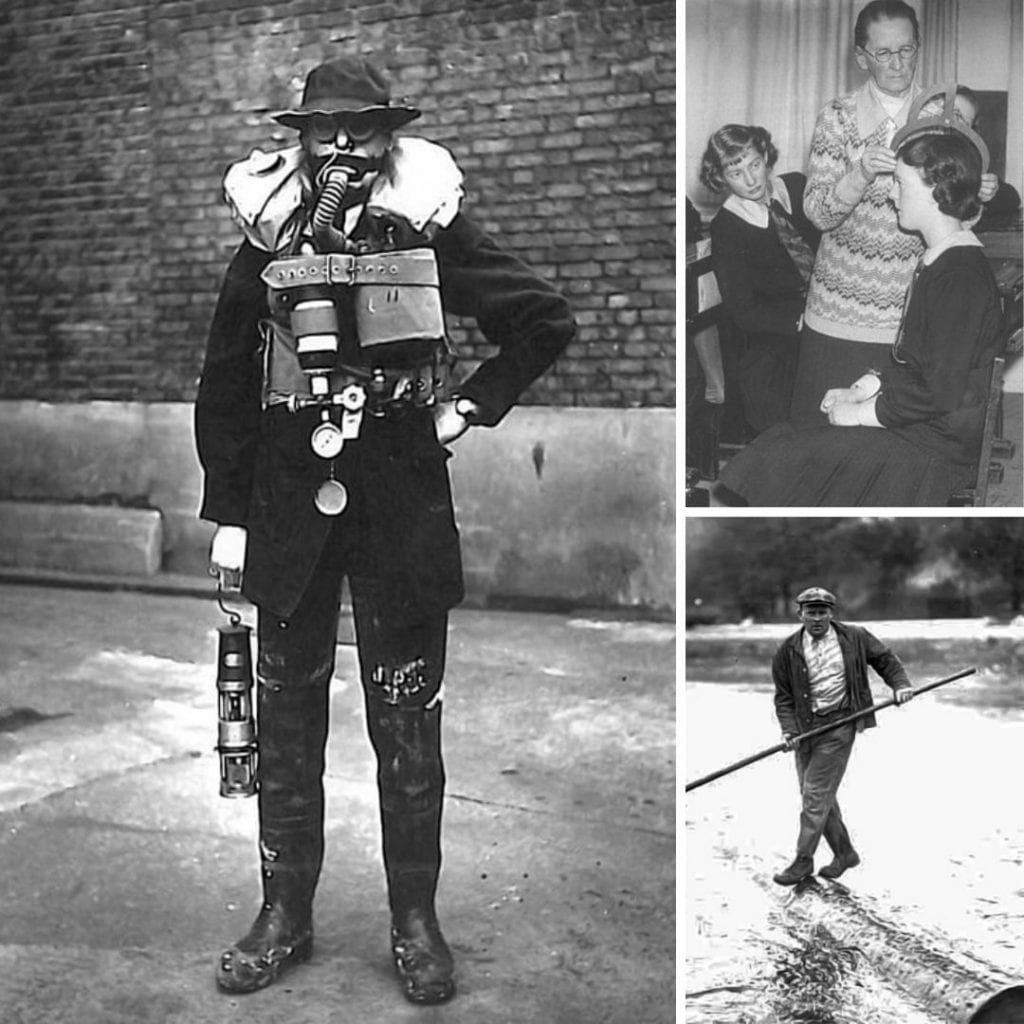
In recent years, we’ve heard many predictions that robots will soon replace the majority of the workforce in different industries. Still, the world has already lived through the reality of labor markets going extinct. Long before technology advanced the way we live life, there were several painstaking tasks that our ancestors did. These are activities we take for granted now, but centuries or even just decades ago, they were vital aspects that kept several industries going.
The industrial revolution had a hand in rendering several odd jobs redundant, and some of us might not even have heard about some of these past gigs. We are talking about jobs that may seem ridiculous now, town criers, lamplighters, clock winders, and leech collectors. Not to forget about the milkman, elevator operators, and chimney sweepers. Let's rewind the proverbial clocks of time and revisit what some of these ancient jobs entailed.
Milkman
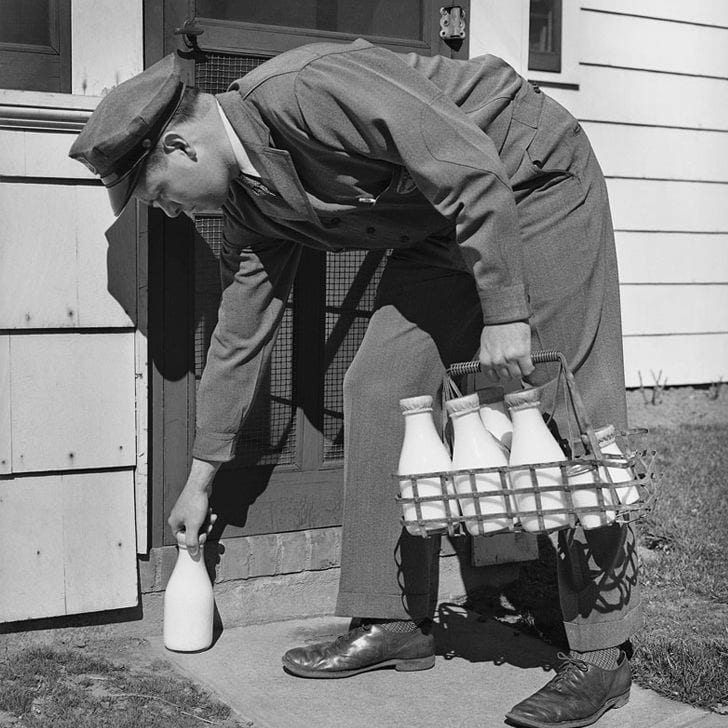
Inventor Jacob Perkins built the first known vapor-compression refrigeration system in 1834. Before that, and even as the refrigerators were commercialized, not everyone had access to them, and that limited a household's ability to stock perishables. Milk, in particular, was one of the items that could go bad quickly.
A milkman would travel around delivering the daily dose of calcium to different households each morning. Just like the paperboy would make rounds leaving newspapers on people's front porches, the milkman would leave bottles of milk on the doorsteps. This went on for the better part of the 20th century, but refrigerators phased out the job.
Elevator Operator
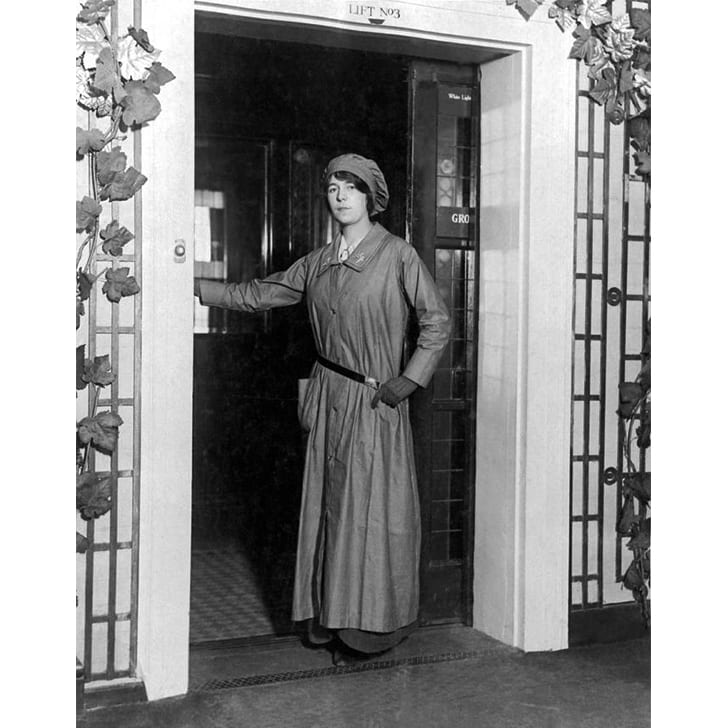
Anyone who is a fan of classic films must be familiar with the work of an elevator operator. They worked at hotels, corporate buildings, and just about every other establishment that had a lot of traffic every day. These establishments employed the services of elevator operators to help guests navigate the systems.
The elevators back in the '50s were complicated and didn't exactly operate at the click of a button like those we have these days. Soon enough, automatic elevators came into the picture and phased out the work of elevator operators.
Leech Collectors
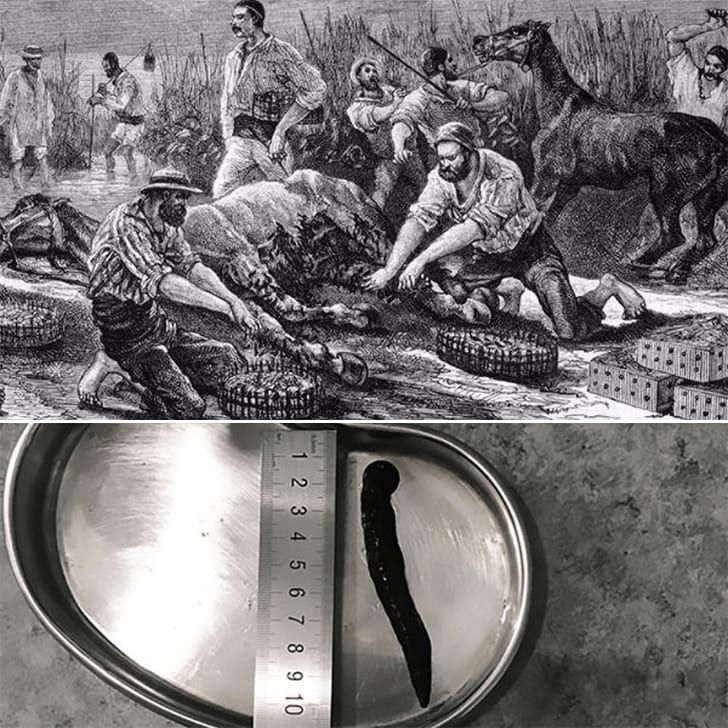
Believe it or not, there was a time when medicine employed the use of leeches as a course of treatment. The practice was prevalent during the 18th and 19th centuries, and the leeches were thought to free patients from the bad humor that caused their illness.
Leech collectors were in business for as long as this mode of treatment existed. They collected leeches by treading old horses over swampy waters, which would then attract the predatory worms. The leeches would latch onto the horses' skin, and the leech collectors would then retrieve them. In the absence of horses, leech collectors would use their own legs.
Human Calculators
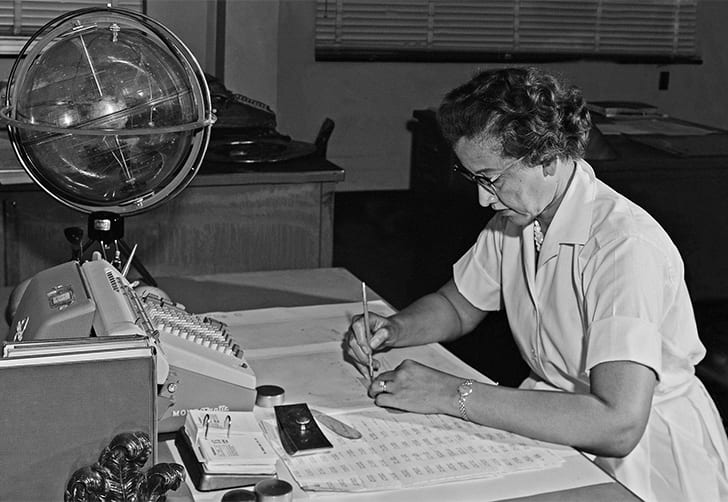
Human calculators, also referred to as computers, existed as a profession in the 17th century before the age of electronics. They were often women who would crunch numbers by hand and convert figures as required. In every sense of the word, they computed, and they would calculate figures all day long.
Human calculators worked in the engineering department at NASA and several different fields that required the computation of numbers. The advent of modern electrical calculators and computers replaced them, and this started as early as the '70s.
Switchboard Operator
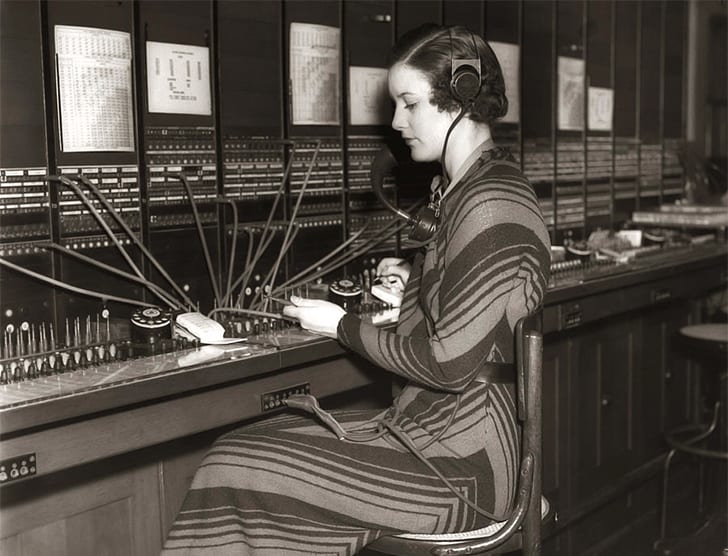
Switchboard operators worked round the clock transferring long-distance calls between different telephone users coming from one city to the next or even countries. This was when you had to ring a switchboard operator to connect you to the number you wanted to call manually.
The work called for dedication, it was repetitive, and workers had to sit down in the same position for almost the entire day. They mirror the call centers we know by ensuring that customers accessed the information they needed on different topics. The occupation simmered down as time went by.
Chimney Sweepers
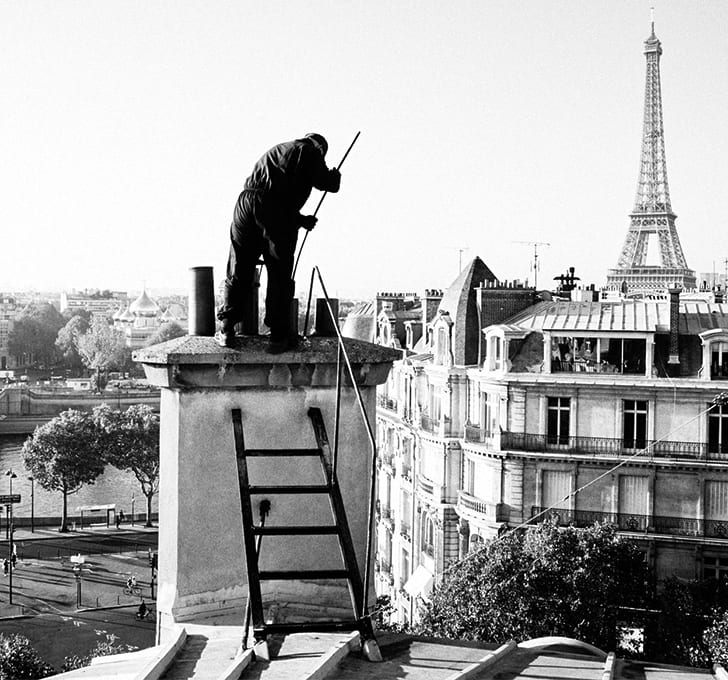
Chimney sweepers still exist in a professional capacity these days. However, they were more common more than a century ago when households relied on coal and wood-burning chimneys for heat. They were tasked with cleaning the soot out of chimneys, and anyone who has watched Mary Poppins probably has an idea of how they looked and did their work.
Unfortunately, the reality was harsher for chimney sweeps who would inhale harmful smoke in the course of their job. There were also cases of some getting stuck in chimneys, getting burnt regularly, and worse still, contracting cancer due to inhaling too much soot. The job declined once electric stoves and gas appliances replaced the old chimneys.
Resurrectionists
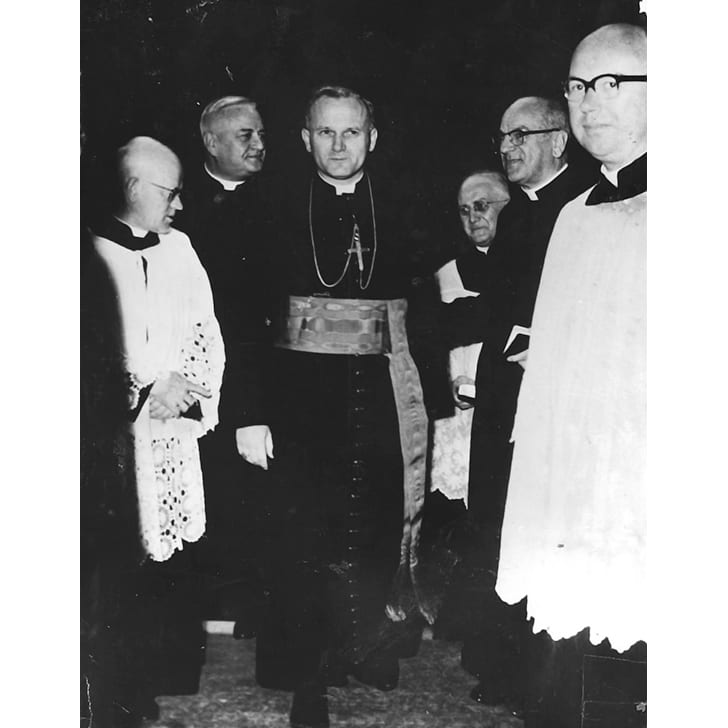
Early medicine bordered the line of what we would now consider as witchcraft, at least in the case of resurrectionists. These professionals would dig up corpses from graveyards to turn a profit out of them. They would sell them to medical schools, and naturally, they were frowned upon by society.
That's how they earned the nickname "body snatchers" in British society. The British government put an end to the trade when it allowed physicians to access cadavers from workhouses. The workhouses were institutions that existed during the Victorian era and housed poor people who could not support themselves.
Human Pinsetters
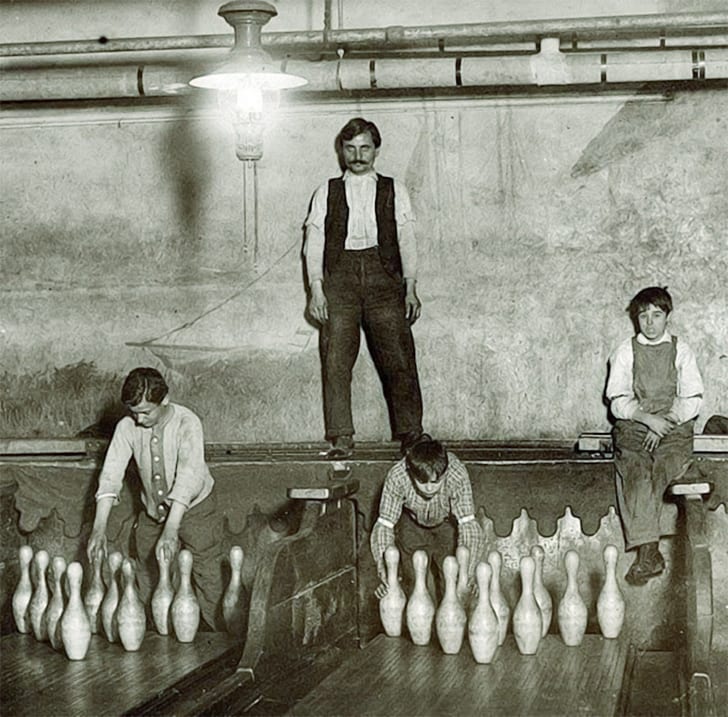
Mechanical pinsetters came about in 1936, but before that, humans did the job. Usually, boys were hired and tasked with setting bowling pins each time they had been knocked down. They were called pinsetters.
Fortunately, the mechanical pinsetters now get the job done, making the whole bowling experience more efficient. The mechanized systems cut down on wait times between each turn. Bowling attendants still kept their jobs, but instead, they focussed on cleaning machines and solving jams on machines. This was also before the advanced bowling machines replaced the older models.
Clock-Winder
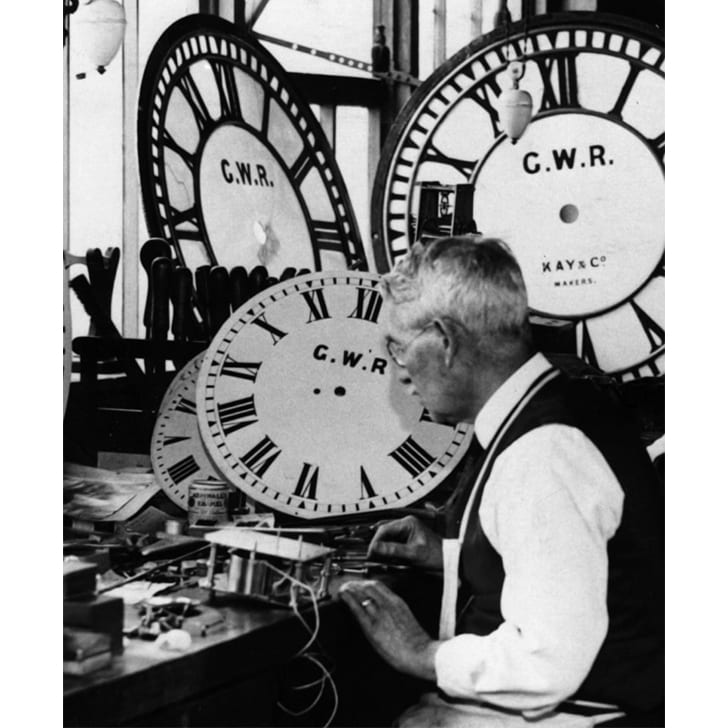
The first thing about human clock-winders is that they literally worked almost around the clock to keep time-keepers working. Winding clocks these days is an easy process, but that wasn't the case in the past when a dedicated clock-winder had to see to the task.
The Industrial Revolution paved the way for electrical clock-winders, and the occupation was soon left in the past. Still related to clocks, before the advent of alarm clocks, "knocker uppers" were individuals hired to tap on windows using long poles to wake people up. When mechanical alarm clocks were invented in 1847, knocker uppers were put out of business.
Railroad Keepers
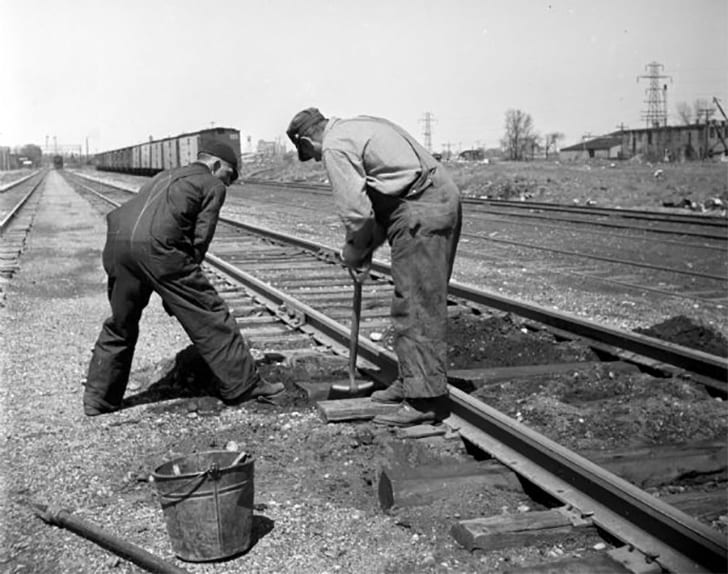
Railroad keepers or section hands were also called the "Gandy Dancers" in the U.S. Several theories exist about the origin of the slang term, but it's thought to have come from the dancing movements the workers made when operating a five-foot lining bar/ lever that soon started being called a "Gandy."
The workers manually maintained railroad tracks in the '60s and '70s, and naturally, the work was demanding. It involved long hours and continuous strenuous activity. The occupation soon faded out when large machines started doing their work with greater efficiency. A few Gandy Dancers still exist, and you can find them carrying out maintenance duties on different railroads across the world.
Billy Boys
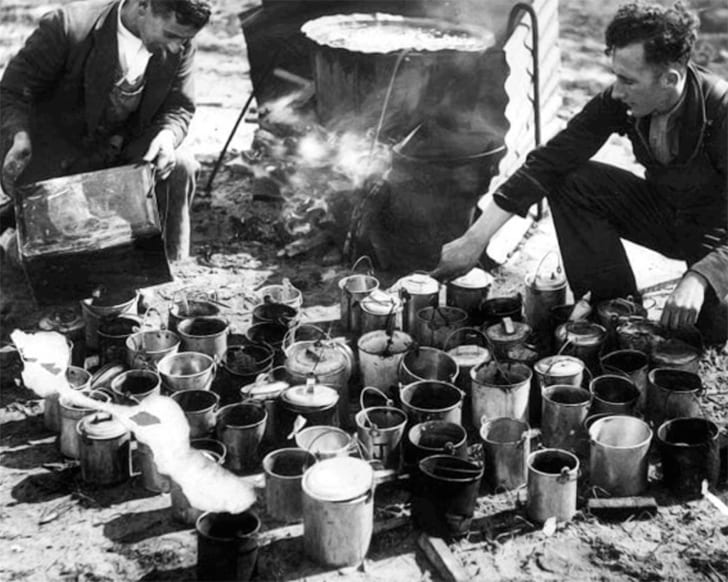
Billy Boys, not to be confused with the Glasgow gang depicted in Peaky Blinders, would brew tea and deliver it to tea lovers in the '60s. Young men working under apprenticeship dominated the occupation. Billy Boys had to master the art of tea-making, and they would serve it to the working men at railway yards, building sites, and blacksmith shops.
Several young boys aged 13 to 14 years were known to drop out of school to fill this position. They would also perform other odd jobs like running messages as well as handling tools. The occupation still exists in part today across the world in a professional capacity.
Gong Farmer
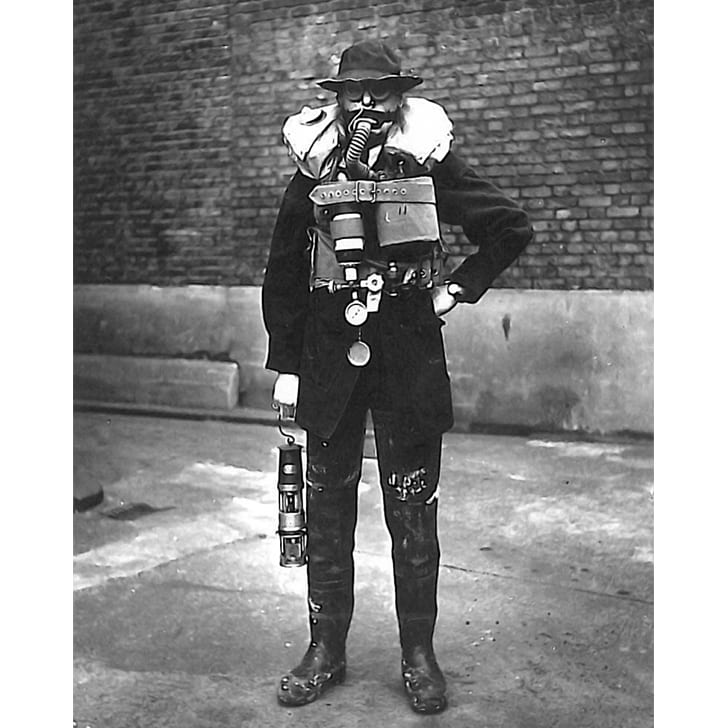
We dare not tread into the subject of waste disposal habits of the past, but we'll sum it up as it was less than sanitary. Several jobs existed within this field to try and process human waste, and one of these designations was the gong farmer.
Gong farmers existed from the 15th century going into the 17th century, and the less than savory job description involved digging out human excrements from cesspits and privies. It goes without saying that the job stunk and gong farmers would only work at night to avoid offending the public. Let's be thankful for modern sewage disposal systems.
Linotype Operators
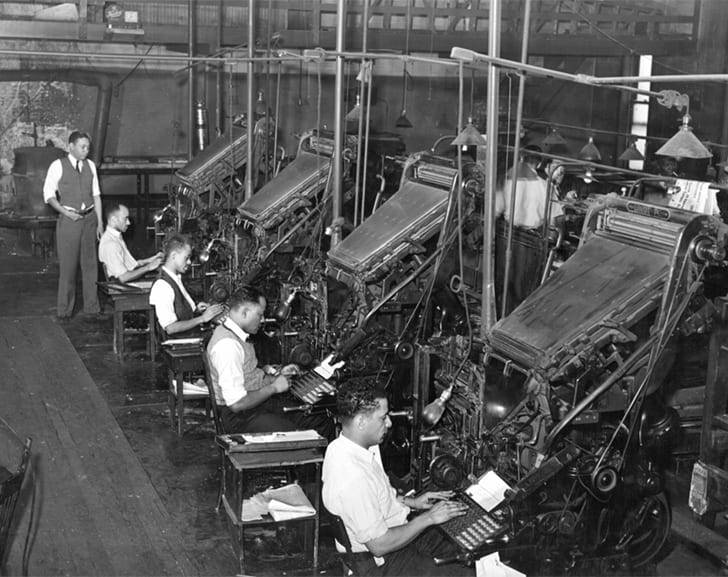
In this age of social media, you have to question the validity of the information you come across online because fake news has become rampant. That wasn't the case in the '60s when Linotype Operators were tasked with pressing down the articles that went on newspapers. They would print each newspaper piece by piece using a metal typesetter.
It was an occupation that called for patience and time. Several people dedicated themselves to the occupation, given that it was the only way to print newspapers at the time. When phototypesetting came into play, the job soon lost its place.
Rat-Catchers
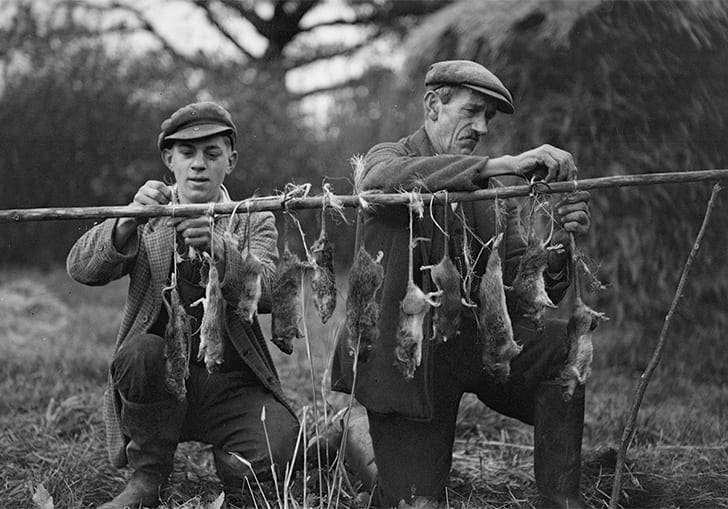
Rat-catchers were tasked with ridding residential neighborhoods of the disease-carrying rodents during the Victorian era. It started as a sport when rats were caught and used for entertainment purposes at establishments like pubs. Rats ran rampant and wreaked havoc by contaminating food supplies and, in turn, affecting the health of the populations at the time.
When the Black Plague raged throughout Europe, the rodents were cited for having had a hand in spreading the disease. The work of rat-catchers became even more crucial in minimizing the spread of the deadly disease. The most popular rat-catcher was Jack Black, who served as Queen Victoria's rodent control official.
Ice-Men
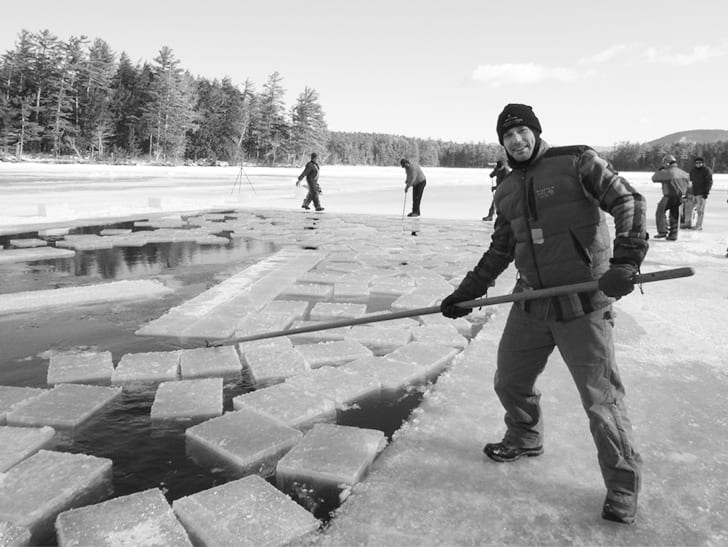
Most of us are familiar with Frozen, the Disney movie, which gives us an idea about what Ice-Men did. The occupation dates back to the 1800s, when professional ice cutters played a crucial role in society. As implied, they cut ice but let's not water it down because it was an arduous task.
They used hand tools to hand carve huge ice blocks each and every day, which they then transported to households to help people store food. The blocks of ice went a long way in preserving food when weather conditions were extreme. When refrigerators were invented, the job became obsolete.
Hackers
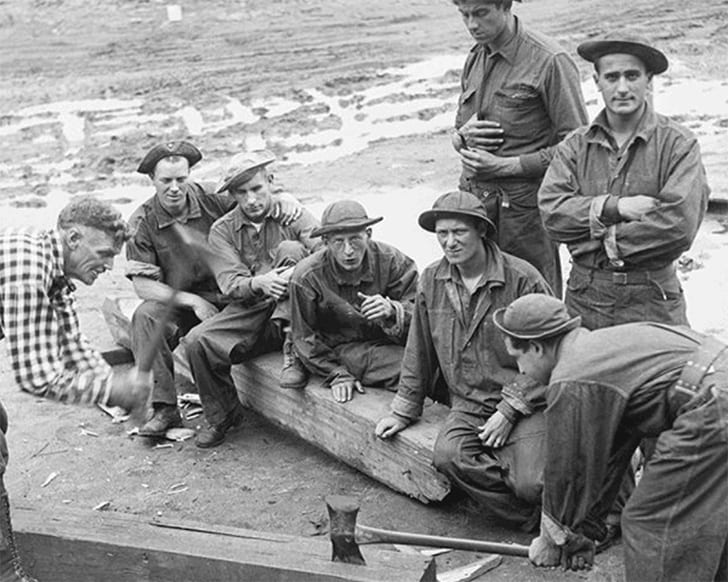
Long before the word hacker referred to a tech-savvy individual with the knowledge of manipulating internet-connected electronic devices, the word hacker had a totally different meaning. Hackers were people who efficiently felled down trees around the '60s.
Tools evolved as the decades went by, and the logging industry no longer used hand tools like in the past. The division of labor in lumber camps back in the day also included whistle punks whose task was to act as a safety lookout. They would sound a whistle to alert the yarder operator moving logs if they veered in the path of danger.
Lectors
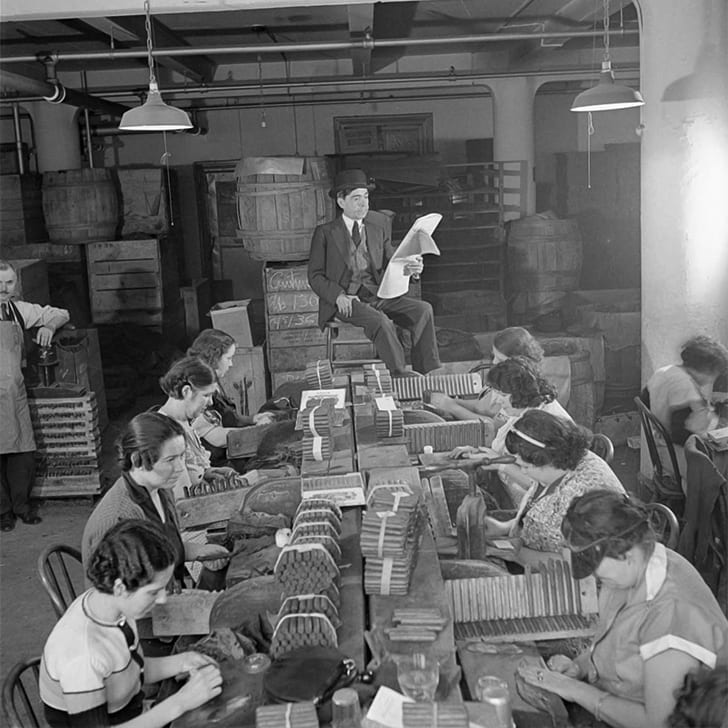
Working at a factory is mindlessly repetitive, and lectors provided some much-needed breather back in the day. They were essentially entertainers who would sit at an elevated platform in full view of all factory workers. They would read literature or the news out loud, providing some distraction from the arduous factory work.
A Mashable article stated that going back to 1865, workers at a Havana-based cigar factory chipped in part of their weekly wages to have the lectors come on board. Some instances that saw a lector relieved of their duties for any reason saw factory workers staging strikes in protest.
Mudlarks
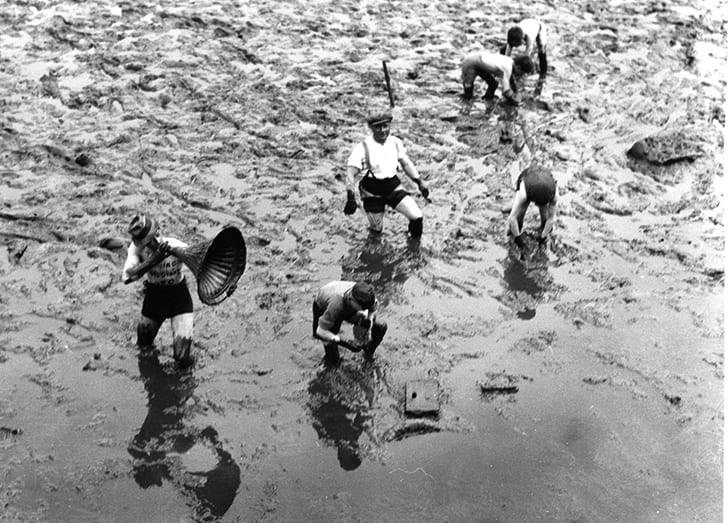
The sad fact about history is that it was cruel towards the poor, particularly in the 18th and 19th centuries. In London, mudlarks were predominantly poor people hired to rack through the River Thames. Mudlarks would wade through the river mud scavenging for valuables hidden within it.
They would collect the items and sell them, hoping to turn a profit. Sometimes mudlarks were as young as eight to fifteen years old or the elderly. The job was filthy and dangerous, with exposure to broken glass shards, raw sewerage, and the occasional corpses washing up the river.
Log Drivers
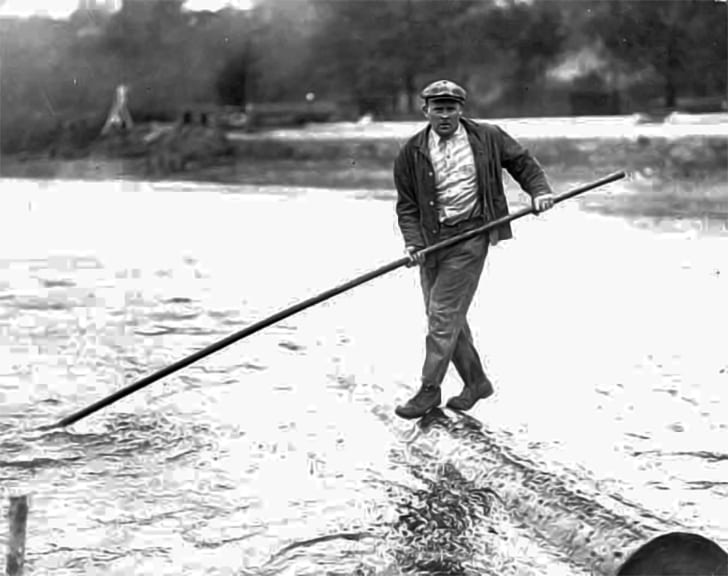
By the '70s, the world still wasn't as advanced, and several tasks were still performed manually. That is why we should always take a walk down memory lane to remind ourselves how fortunate we are to have automated systems taking care of a bulk of the tedious tasks. You would spot people riding on trunks along a stream as a way of moving them to mills from the forest.
These days the construction industry has progressed, and the use of timber has also gradually declined in favor of other manufactured alternatives. Where timber is still needed, equipment exists to fell them down and load them up on trucks, which then transport them to their destination.
Phrenologist
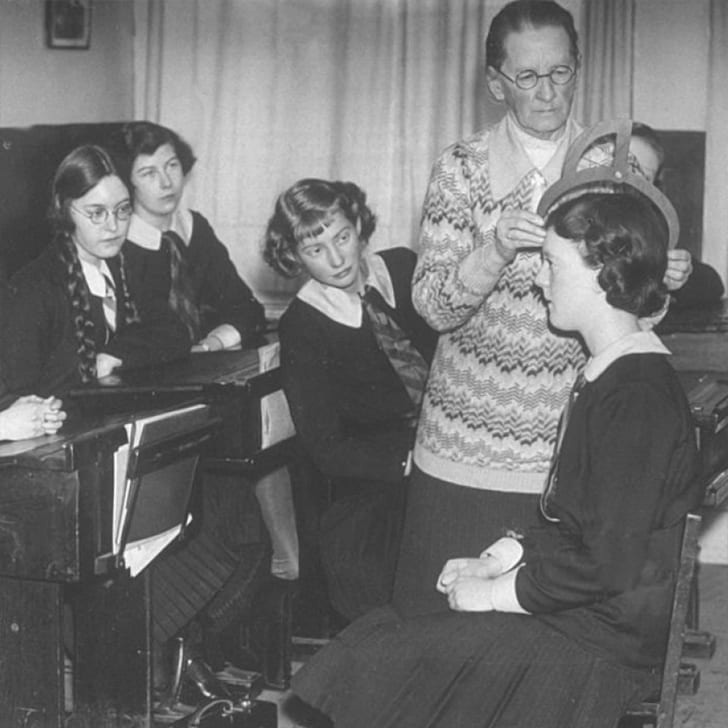
There was a time when people didn't consider phrenology as a pseudoscience. Lots of people would line up to have their intelligence measured by a phrenologist. These professionals also determined a person's traits based on the shape of their heads. The practice gained traction in Edinburg, Scotland, in the 19th century, and by 1820, the Edinburgh Phrenological Society had been founded.
Sadly, phrenology also helped back up racism by "scientifically," proving that whites were more superior. Neuroscience debunked it all with a better understanding of the brain, while psychologists have a wealth of knowledge about the correlation between thoughts and emotions.
Lamplighters
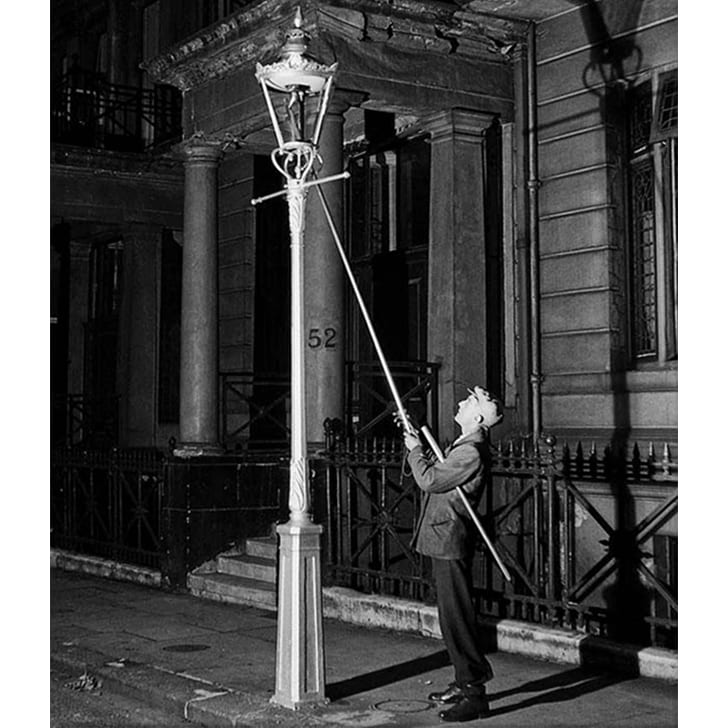
In the 1800s, streets were illuminated by lamplights. In turn, lamplighters would literally light up the street lamps. The people involved in this occupation used long sticks or ladders to reach the lamps, and they would go from street to street, lighting them up. Lamplights first used candles, oil, and later gas.
They were lit up each evening via their wicks, and at dawn, lamplighters would return to put them out. Their other duties included renewing gas mantles, candles, or oil. The occupation slowly became obsolete when electrical lamps replaced the old street lights a century later.
Daguerreotypist
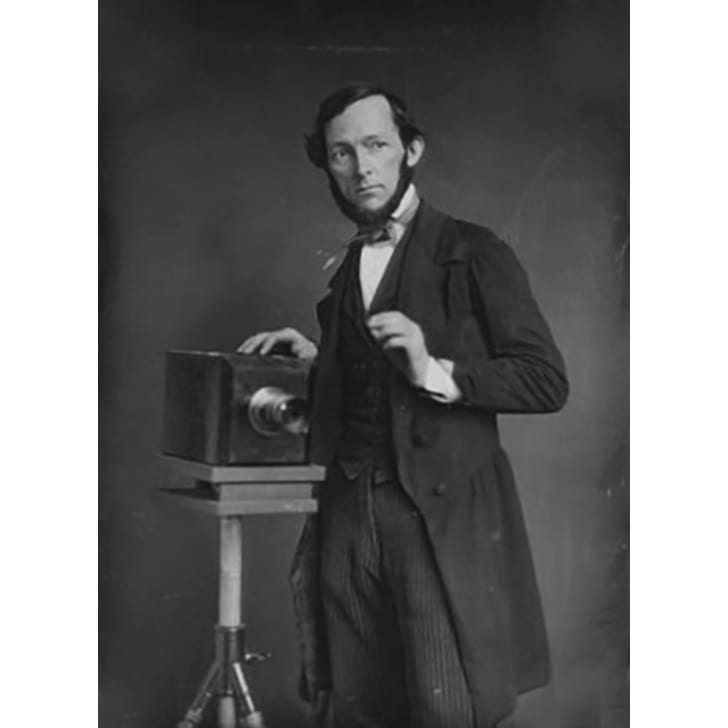
Daguerreotypes preceded negatives and other forms of modern photography. They were the first known photographic processes that imprinted images on mirror-like silver surfaces through a chemical procedure. The operators of these rudimentary cameras were known as daguerreotypists.
Their work caught on when they started capturing images of prominent personalities at the time, including Frederick Douglass and Abraham Lincoln. When the 1860s were ending, daguerreotypes' popularity had faded, and it rendered the job obsolete. People were opting for the inexpensive forms of photography that were on the rise.
Fullers
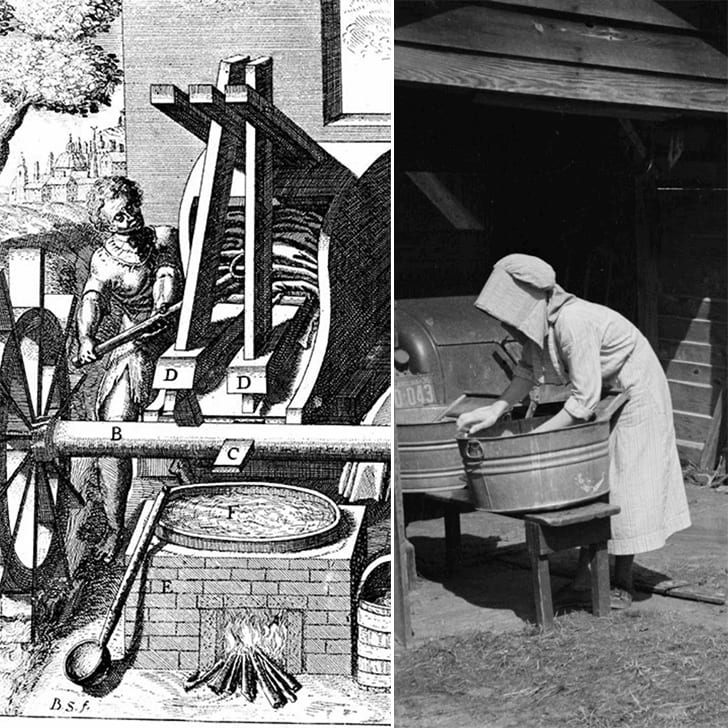
Before the advent of washing machines, folks had to hand wash all their clothes. Much like today, when we still outsource this task, people would hire "fullers" to get their laundry done. We are also not just talking about a pile of laundry; fullers took care of bulk loads.
Usually, it was factory workers who employed the services of fullers. That meant that fullers had to deal with all kinds of industrial residue. Jacob Christian Schaffer invented the first known washing machine in Germany in 1767. Nathaniel Briggs obtained the first patent for the invention. The automatic models came into being in the late 1930s.
Town Crier
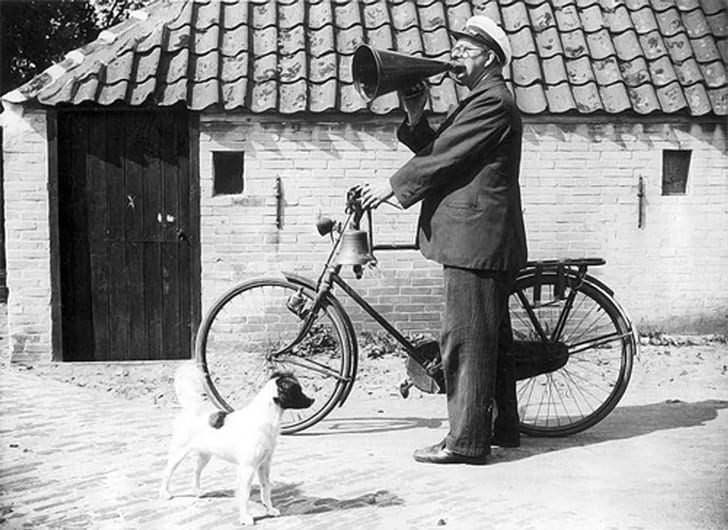
If you've read enough folklore, you must have come across the concept of a town crier. It may seem weird now, but in medieval England, the crucial occupation existed. The town crier's role was to go around rallying townsfolk and share with them the latest news and other proclamations. Illiteracy was high at the time, and few people could read back then.
They were generally people with loud voices and bold in nature. The internet has taken the role of this occupation, but before that, broadcast media took over as means of disseminating information.
Film Boxer
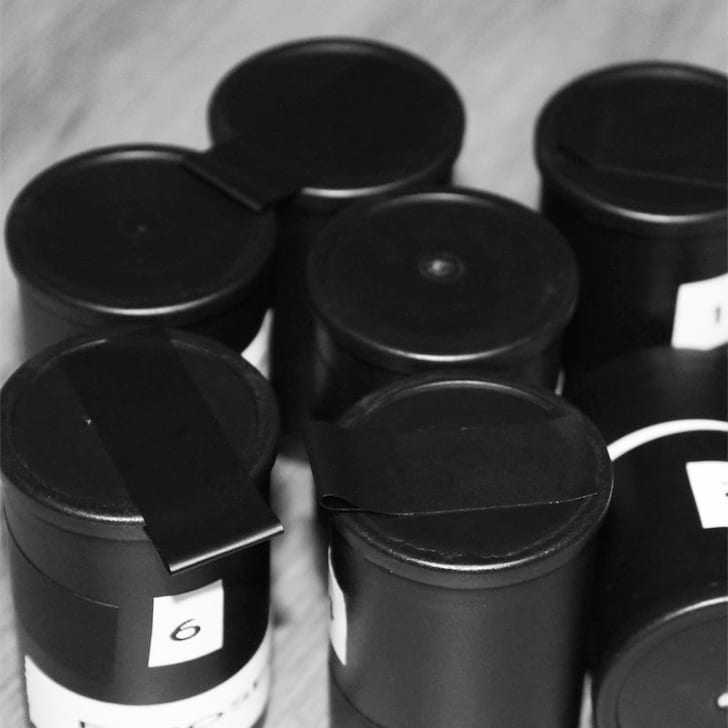
Most of us still have fond memories of the '90s, and films were valuable items at production houses. That's where film boxers came in; working at video entertainment companies, they were tasked with the care of film canisters.
Film boxers would also store the film canisters then ship them out to different locations as instructed. When digital cameras infiltrated the market, the use of film plummeted, and in turn, it also put film boxers out of work. Film canisters faced the same fate as film projectors, and likewise, the job of film projectionists no longer exists.
Pre-Radar Listener
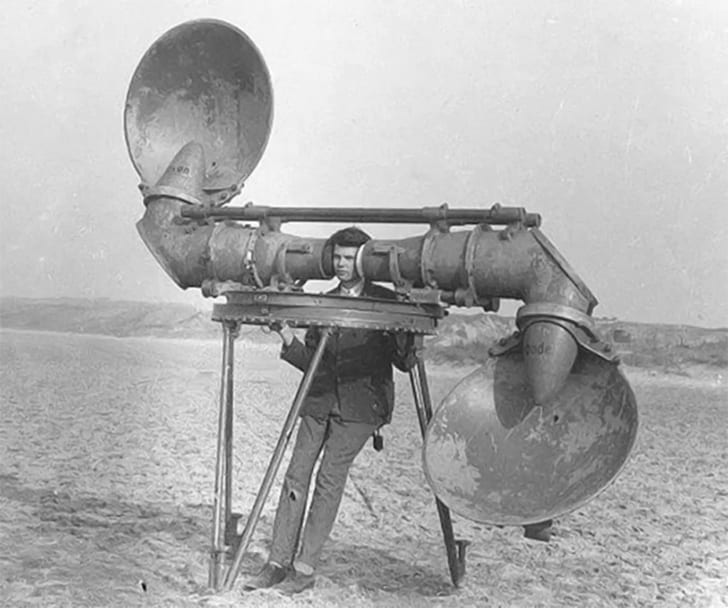
When wars waged around the world, armies had to devise creative ways to stay ahead of the enemies. They used radar systems in the process of preparing for battles, and in one instance, they were used as part of pre-radar listeners.
These devices would detect the proximity of enemy planes through acoustic mirrors. To be precise, the devices were able to pick up on the sound of aircraft engines. Given how far we have advanced now, these aircraft locators were very innovative and are registered to have led to enemy planes being shot down a couple of times.
Toad Doctor
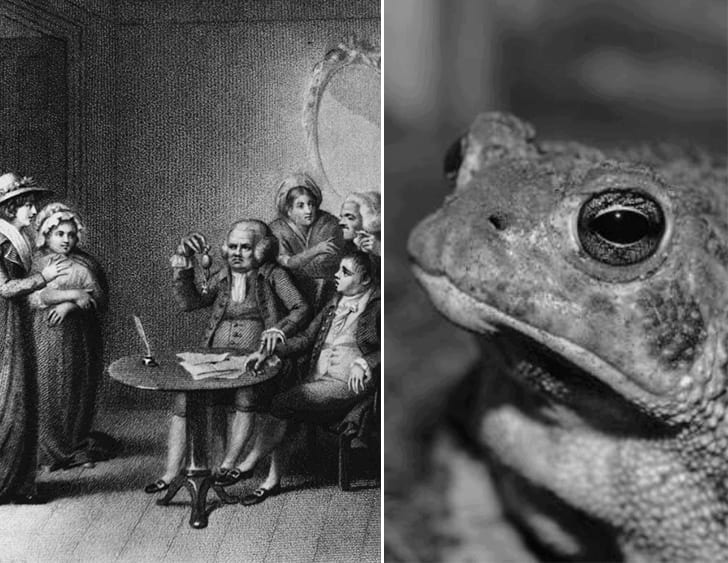
This counts as one of the most bizarre past occupations on this list, and it doesn't take much to see why it no longer exists. Toad doctors existed in the 19th century, mostly in western England, where folk magic reigned. In fact, the form of medicine borrowed from folk magic.
Scrofula plagued England back then, and toad doctors believed that the cure entailed placing one of these amphibians in a muslin bag then placing the bag on a patient's neck. This type of medicine wasn't only for the living, and they would also do the same to the dead, given that they believed that some ailments were a result of witchcraft.
Breaker Boy
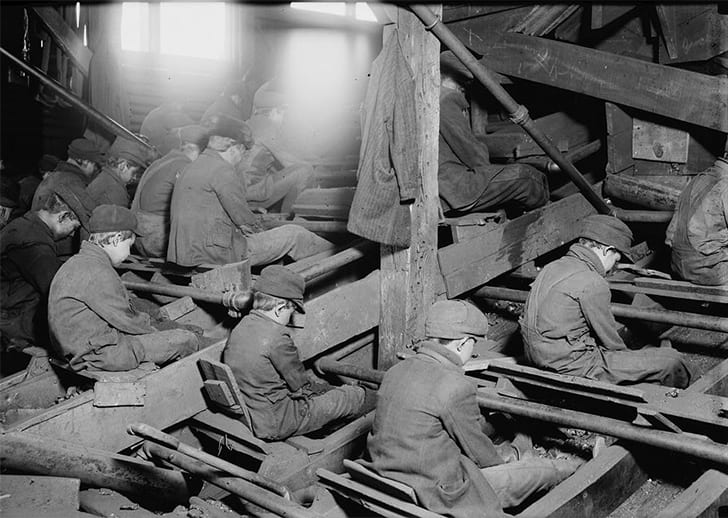
We are reminded that the further back we go in history, the employment of child labor in different industries wasn't frowned upon. For instance, in 1920s America, boys aged 8 to 12 served as breaker boys. They worked at coal mines assisting in separating the briquettes.
Child labor laws soon came into effect and strictly prohibited the exploitation of children in different work environments. The law was implemented in 1938 to ensure that children were not denied educational opportunities or had their health jeopardized when employed to work in different industries. Machines also soon took over and performed this task, which in turn made the work of breaker boys obsolete.
Plague Doctor
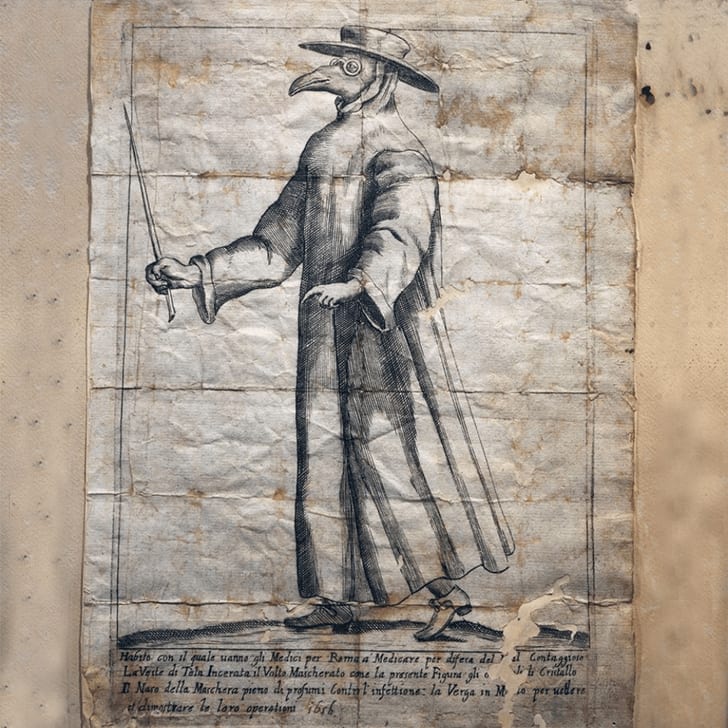
Plague doctors are iconic figures from the past, as documented through texts and images available about the occupations that no longer exist today. Given that 2020 has faced another pandemic that will go down in history, you could say that plague doctors would come in handy today.
In the 1600s, there were folks who would don the depicted costumes, which were quite practical. The beaked mask had a combination of spices that helped purify the air. They would also carry wands around with them to treat patients without having to touch them.
Necessary Women
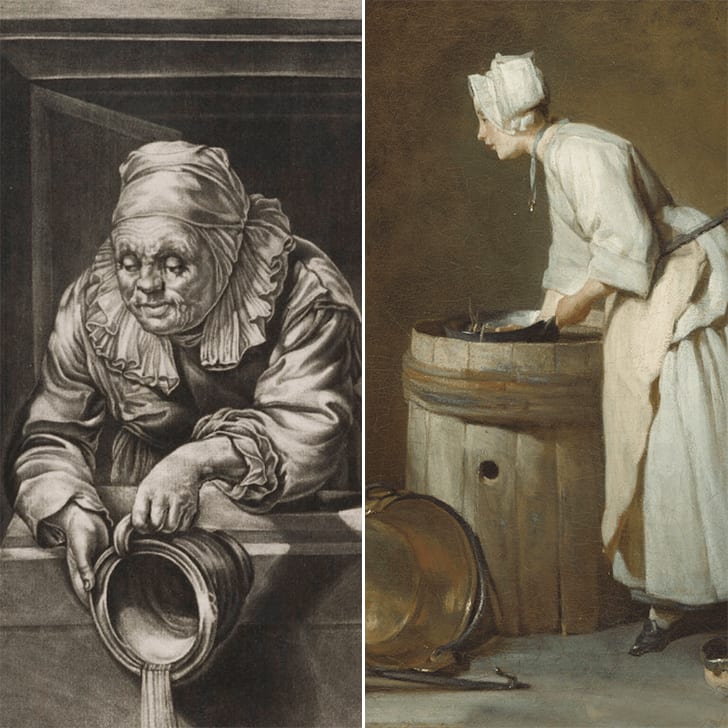
As suggested by the title of the occupation, women took on the massively common task of clearing pots filled with waste before the colonial period. The manual tasks were performed throughout the day and proved quite exhausting and off-putting, given that it was all about waste disposal.
When indoor bathrooms were introduced in homes, it laid to rest the occupation of necessary women. We don't appreciate the ability to flush toilets enough, and all we have to do is remember that there existed professions in the past dedicated to manual waste disposal.
